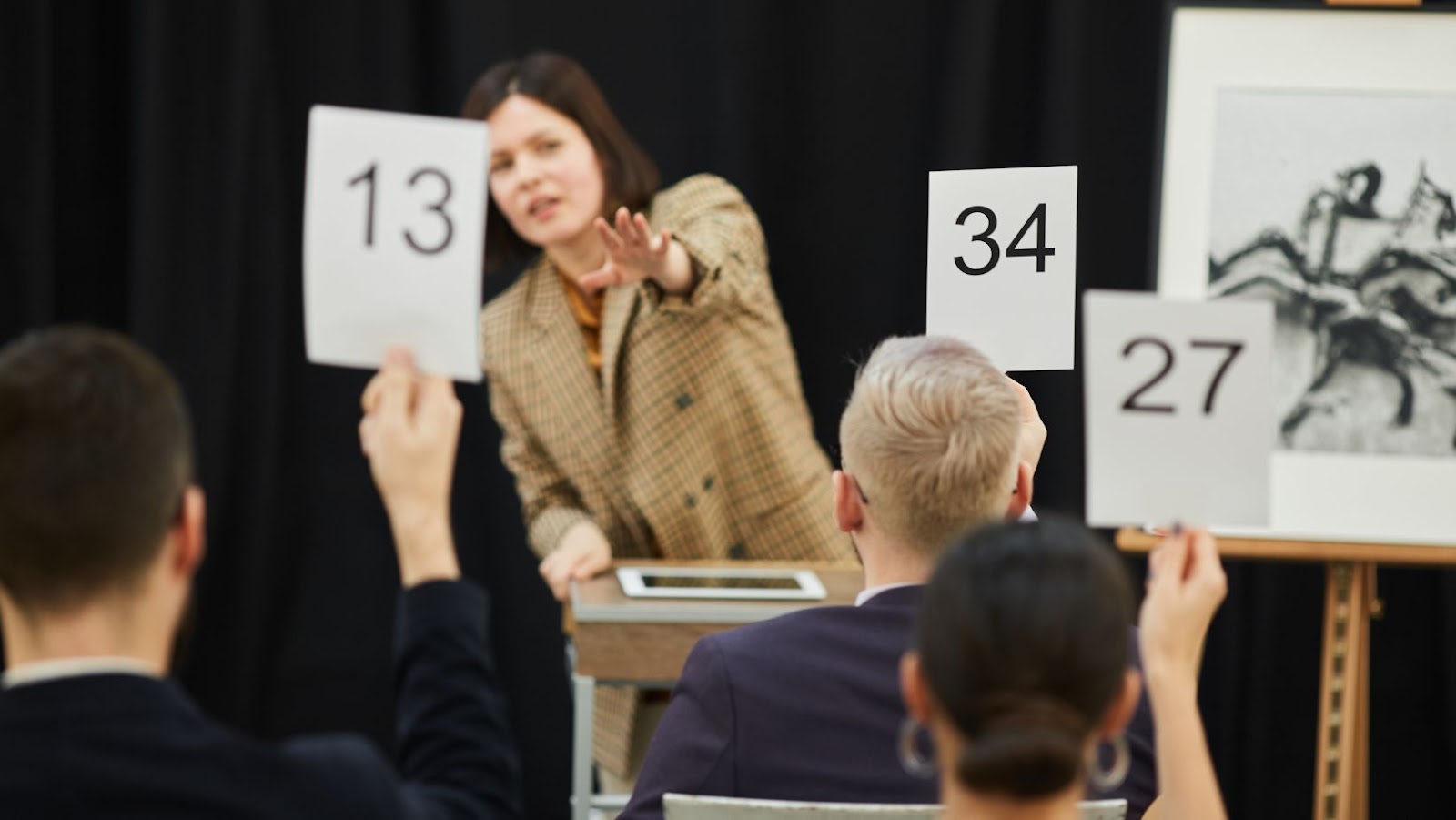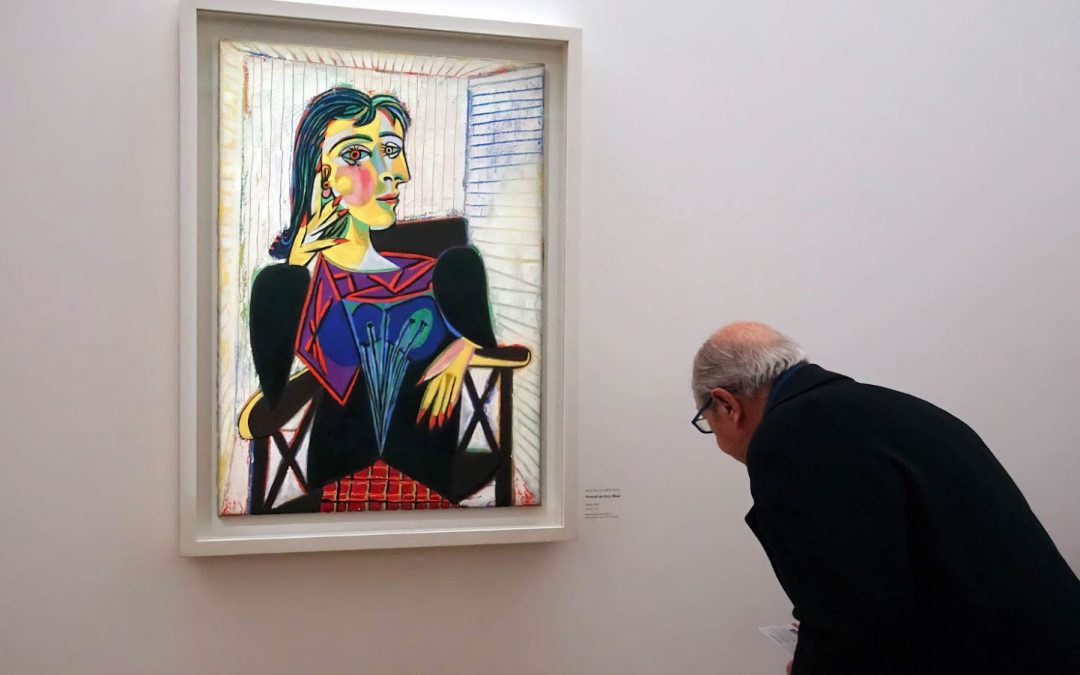The authenticity of art is a topic that’s often discussed but rarely understood. It is true that a certain amount of mystery and ambiguity can be associated with art, but learning to recognize the various elements of an authentic piece of art can help you make the best decisions when it comes to buying, selling, and appreciating it. As the art market continues to grow, so have the risks of buying fakes, forgeries, and misattributed pieces of art. While the number of scammers trying to pass off inferior works is growing, so is the demand to authenticate pieces.
Here are some tips to help you identify authentic art pieces and avoid becoming a victim of fraud.
1. Check the Artist’s Background
The most important part of researching a work of art’s authenticity is to become familiar with the artist’s background. As the primary source of knowledge about any artist, it is important to learn about their career, their credentials, and the story behind their works. Research the artist’s biography and check the credentials of the experts and conservators attesting to the authenticity of the piece. Do your homework to understand the artist as fully as possible to ensure the authenticity of the pieces you are buying.
2. Examine the Piece in Person
The best way to evaluate the authenticity of a work is to examine it in person. Carefully inspect the art for its style, quality, mediums, and techniques. Are the colors not quite right? Are there inconsistencies in the brushstrokes? Does it seem well-crafted? Does the work of art look cheap or amateurish? These are all questions you should ask yourself while conducting your in-person examination.

Look for the artist’s signature. Most genuine artworks will have an autograph or monogram of the artist. While the presence of an autograph doesn’t guarantee that the work is genuine, it’s a good indicator that it is.
3. Compare the Artwork to Similar Works By the Same Artist
Once you’ve inspected the piece, compare it to similar works by the same artist. Is there a similar style or technique? Are the colors consistent? Does it use the same mediums? These are all important questions to consider when comparing the artwork to similar pieces.
4. Ask for Provenance
Provenance is the history of a work of art, and it can help you determine the authenticity of a work. Ask the seller to provide documentation of the piece. This can include sales receipts, catalogs, appraisals, exhibition records, and correspondence.
5. Buy From Reputable Dealers
Many of the most famous art pieces have been counterfeited in one way or another. It’s important to be aware of this fact and ensure you’re not falling victim to a fraudulent art piece. One of the best ways to avoid buying a fake is to only buy from reputable dealers. Choose your dealer as carefully as you chose TonyBet.

Do your research and make sure that you are only buying from dealers with a good reputation. Check online feedbacks, ask for references, and get an attorney involved if necessary. The last thing you want to do is spend your money on a fake.
6. Seek the Help of Experts
For the highest level of accuracy, seek the services of an art appraiser or authenticator. These experts are specially trained to authenticate the age and value of the artwork and can provide a conclusive opinion.
These are just a few tips to help you identify authentic pieces of art. Remember to do your research and to use caution when making any purchases. If you take the time to research, inspect, and compare works of art, you will be better equipped to make a wise investment that will stand the test of time.











